Acacia Confusa – Sustainably Wild Harvested Whole Bark from Taiwan
Desde € 13,52 Incl. VAT
Botanical name: Acacia Confusa
Plant part: Bark
Form: Whole
Country: Tawain
Observation: Sustainably wild harvested
Beschreibung
More about Acacia Confusa
History
Acacia confusa Farmers collect it from downed trees during the rainy season. Acacia confusa is a native Taiwanese species. It is protected in the mountains because it is one of the most critical species in preventing landslides and soil erosion during heavy rains and earthquakes.
Acacia Confusa description
Acacia confusa is a small tree with adult foliage of falcate phyllodes and juvenile and sucker-shoot foliage of bipinnate leaves; a trunk up to 1 m thick in ancient trees; phyllodes alternate, coriaceous, parallel-curving-veined, 8-10 cm long, narrowed at both ends; flowers yellow, in small globose heads 6-8 mm in diameter; heads 1 or 2 in the axil of phyllode (Stone, 1970; PIER, 2002)
The Acacia confusa tree’s bark can be extracted using hot water to get the extract. It consists of a variety of monomer, dimer, trimmer, and polymer molecules with flavan-3-ol-based structures, including gallocatechin and robinetinidol.
The wood was used for mine construction, firewood production, charcoal production, railroad ties, and agronomic practices.
Importance
Acacia confusa is a nitrogen-fixing tree that thrives in wastelands. It proliferates and adapts well to a wide variety of soils. It is widely planted for coastal shelterbelt forests, soil and water conservation, fuel wood stands, and ornamentation. The wood also has a lot of potential for the pulp industry. There are a variety of wood and non-wood end uses, including fuel wood, industrial and non-industrial domestic woodware, oils, bark products, honey, and tannins. Breeding and plantation management research is required.
Due to its remarkable capacity to sequester carbon dioxide and retain foliar particles, the plant has proven significant potential for avoiding air pollution. Like several other Acacia species, the wood and bark are rich in catechins used to dye, smear, and tan fabric.
Reviews (1)
1 review for Acacia Confusa – Sustainably Wild Harvested Whole Bark from Taiwan
Only logged in customers who have purchased this product may leave a review.
Legality
Disclaimer
Related products
Herbs (Plants)
Herbs (Plants)
Scientific Name
Scientific Name

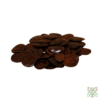
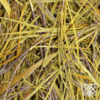
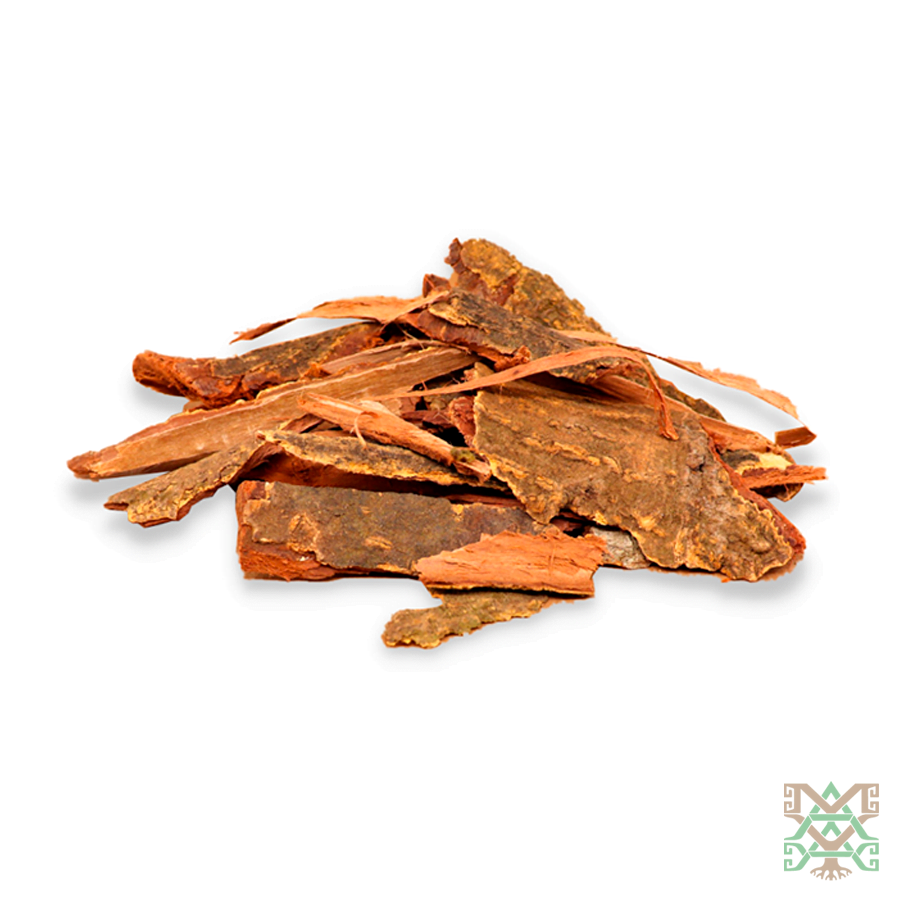
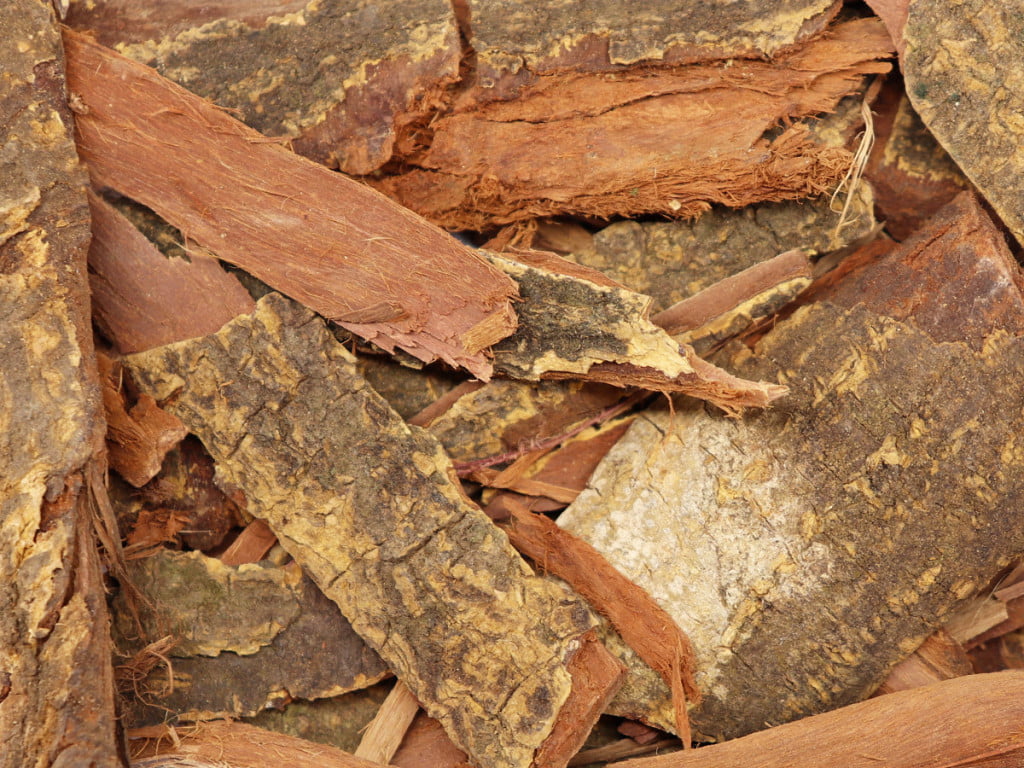
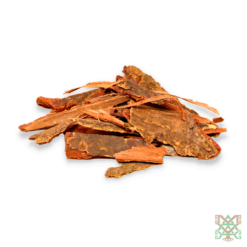
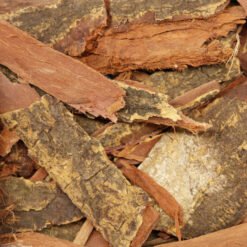
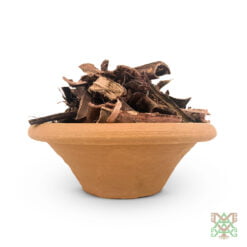
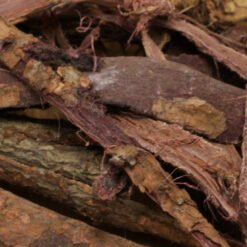

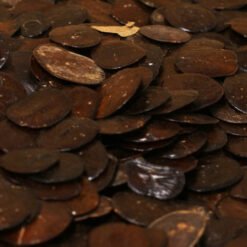
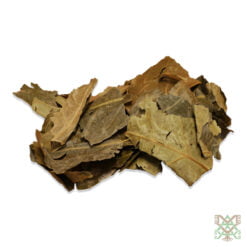
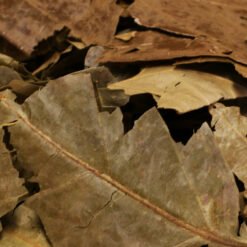
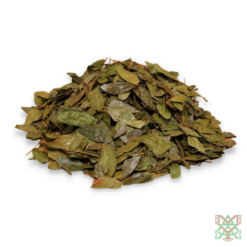
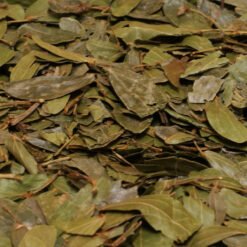
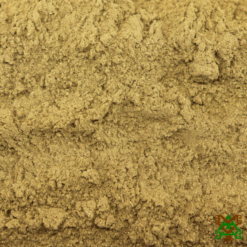
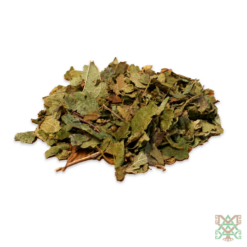
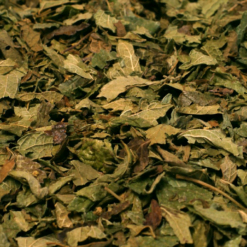
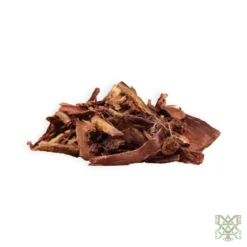
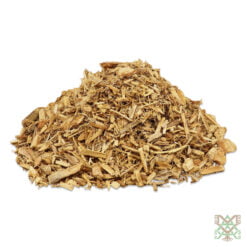
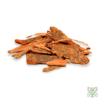
Andrej (verified owner) –
Highly recommended medicine from a good clean source.
It’s my preferred admix for working with Syrian Rue.